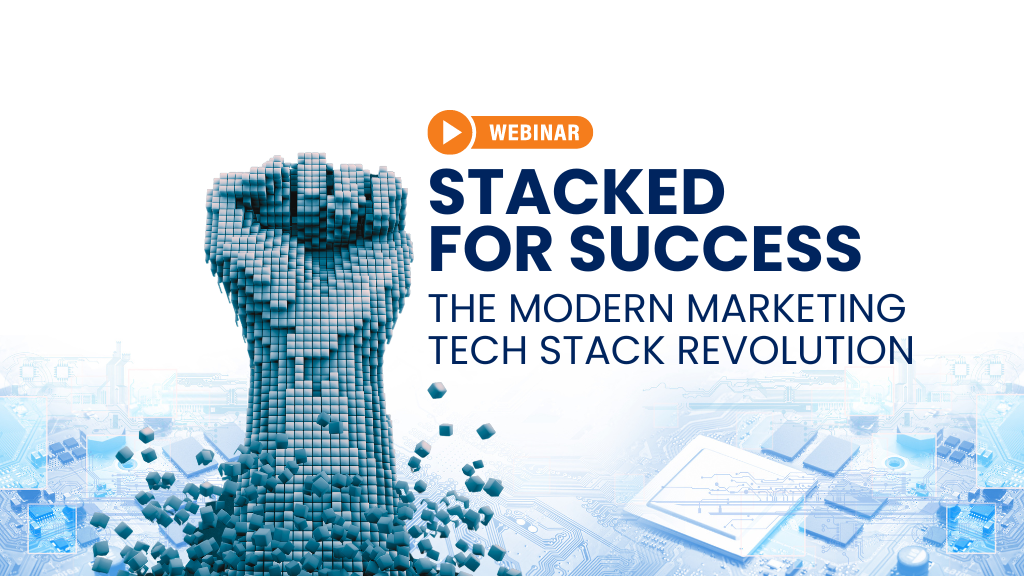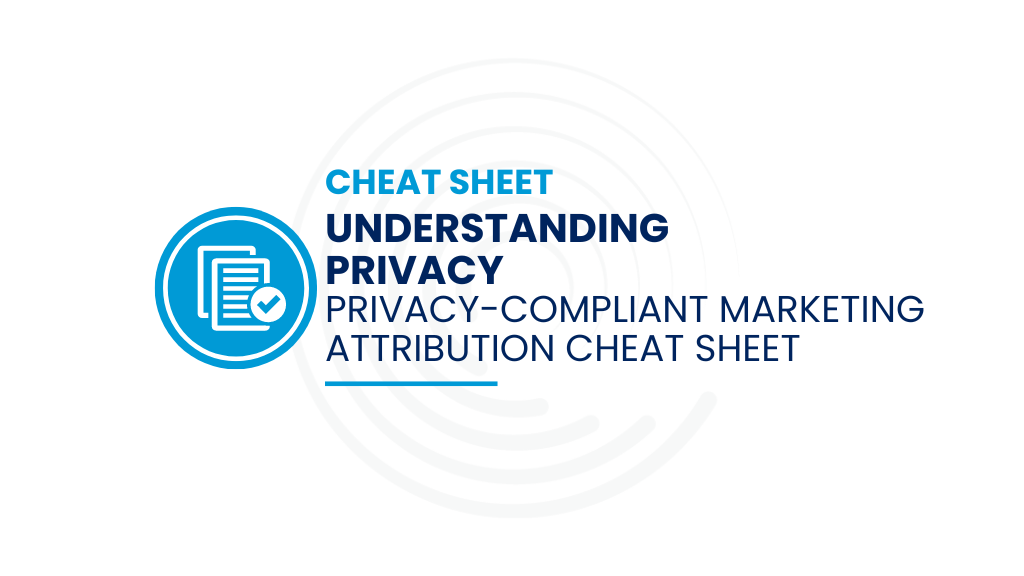This is the third in a series of blogs about the CMO / CFO relationship and with my interviews with Don Hawley, multi-time CEO and former CFO of Worlds of Wonder, the 1980s toy company that grew explosively and was famous for Teddy Ruxpin, the talking teddy bear.
BC: Don, Worlds of Wonder, where you were CFO, was a rocketship. How did you take what you learned there and apply it to your CEO experiences?
DH: Good question. So now CFO (me) becomes CEO. And because I have seen the positive impact of marketing at Worlds of Wonder, I am now the CEO and have a real appreciation of quality marketing. I saw marketing help Worlds of Wonder go the moon with their amazing campaigns.
Fast forward 25 years and I’m in an ocean freighter industry – diesel engines. You don’t see sexy commercials for diesel engines.
However, I observed that Caterpillar was on NASCAR. So they are probably spending tens of millions on this promotional activity, and they are not dumb. I also saw Budweiser, Proctor and Gamble products. I wondered why they were all there, so I got an education on the power of NASCAR and the people that are watching NASCAR. In 2011, 17 of the top 20 attended single day sporting events in the US were NASCAR. The others were the Kentucky Derby or the Superbowl.
Curiosity got the best of me so I attended a Texas NASCAR event. My jaw dropped. An entire city grew up around that event. 300K people and more RVs than I thought existed traveled to and parked at that event. I wanted to know more. Then I learned that the people who attend those races are the stickiest consumers. These consumers will actually buy more Tide if the logo is on a car. Not only the hundreds of thousands of fans but millions of viewers. I learned that the consumers alter their buying patterns based on what’s on “their” car.
Now I’m a little guy. And I’m working on an old world technology. And now there’s a gap – between my desire to get on a car and very limited money to do it.
So I decided to start small. Through my network I found a young driver, the son of a friend of a friend. When I met Alex he was 19 or 20 years old. He’s not Dale Enhardt. He’s Alex Bowman coming up the ranks but his dad owned a diesel shop who wanted someone to help support his son. As luck would have it, Alex’s dad makes an investment in my company and he wants me to invest in his son. So we start to work together.
One of the spectacle cities was Phoenix, Arizona and so hundreds of thousands of people come to the NASCAR race at Phoenix International Raceway.
So we work together to find a mutually beneficial way to support Alex in this race. Our marketing people designed an beautiful and impactful car design for the car and the race suit Alex will drive and wear at the race. And so the owner of the car agrees. So we have an opportunity to look like Budweiser on one race, one weekend. And we did that weekend up in a big way and invited customers and investors and promoted the event. With help from an investor/friend we got a great deal on a booth and suite for this well attended and TV viewed event…. We paid a fraction of what Budweiser paid for their booth and suite. We had film crew. We had interviews. So fuelxx looked huge for 2-3 days.
One of my investors was from Delaware where they have a big NASCAR event. I get a chance to meet Bobby Allison and he comes to our suite and there are tons of pictures. So we used all the material – fuelxx video, Alex talking to about fuelxx, pictures and banners of the car. So then the ball keeps rolling and we looked huge.
Being aware of the tools to make us look bigger occurred much earlier in my carreer. I learned much of this at Worlds of Wonder, when I was the naysaying CFO, I attended the marketing meetings and I learned the value of marketing campaigns in creating awareness and image for a company.
BC: What was the impact of the NASCAR campaign on fuelxx? Did you, in fact, receive value from the awareness created?
DH: As with many marketing campaigns, it is difficult to see a one to one connection to the value of the campaign. It is especially difficult to quantify the direct correlation to sales and profit. However, I do believe the impact on the perceived value of fuelxx and the company was significantly impacted. Our young company received media attention and I do believe potential customers, investors and employees saw our company in a “bigger” way.
BC: Can you transform a sitting CFO?
DH: With great difficulty. But I think this kind of story can be helpful. The common language that Full Circle provides can help transform a CFO – especially with a supportive CEO. By telling these stories and exposing a CFO to the significant benefits of marketing campaigns can lead to a massive transformation of a CFO. Exposure to marketing benefits can lead to curiosity, curiosity to willingness to listen and learn. Once the CFO is engaged he or she will want to quantify the benefits. This is where Full Circle can provide the basis for excellent communication between the CFO and CMO. Not all marketing campaigns are successful, but when they are they can cause huge success on many fronts including sales, profits, perceived value and real value in the marketplace. Of course there’s a lot of luck involved, but it does happen.
But back to Full Circle, the beauty of the Full Circle tools is that they allow a language for great communication between the CMO and CFO.
For CMO’s who want to learn how to take charge of this relationship, and prove to the finance department that marketing does more than just ask for budget and spend money, The Top 5 Reports Finance Wants from Marketing is a great place to start.







